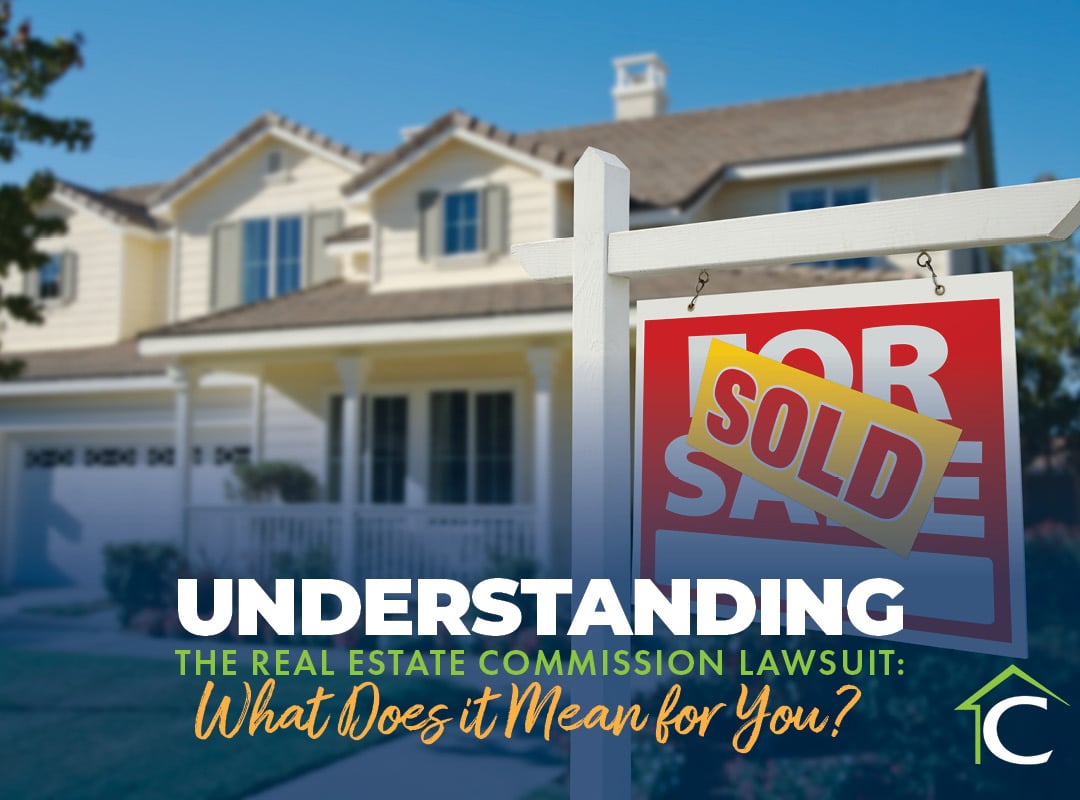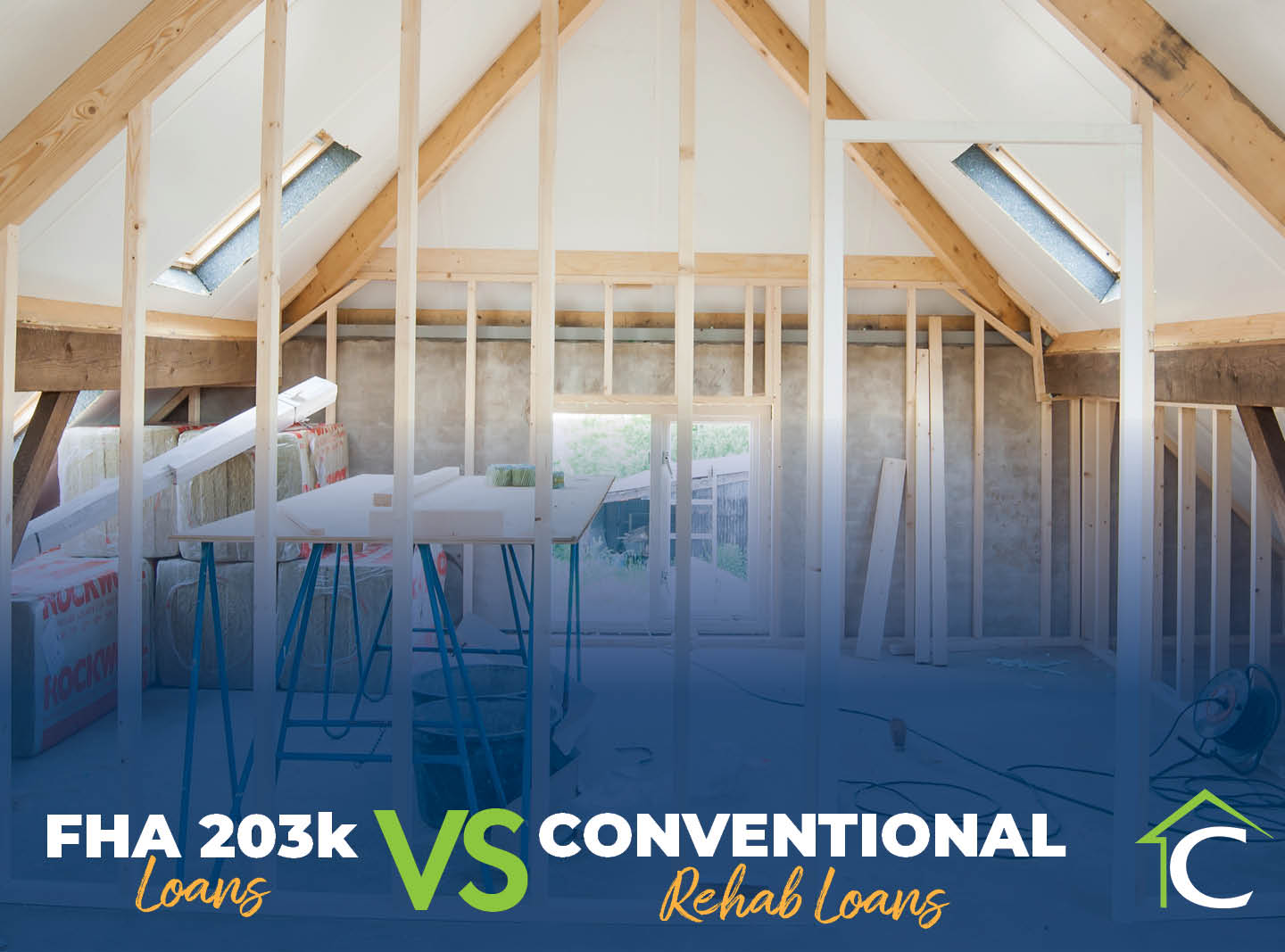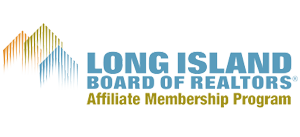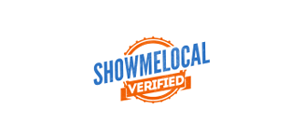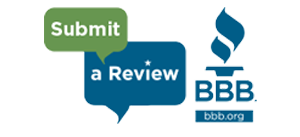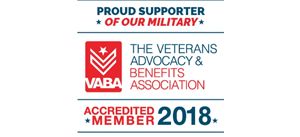As an interested homebuyer, navigating the competitive housing market can be daunting. Whether it's a buyer's or seller's market, finding your dream home is just the first step. To stand out from other buyers and prove you're serious, you need to show sellers that you're financially prepared. That's where mortgage pre-approval comes in.
When it comes to demonstrating your financial readiness, there are three main avenues: pre-qualification, pre-approval, and a commitment letter from a lender.
While "pre-qualification" and "pre-approval" are often used interchangeably, there’s a considerable difference between the two. Many people, specifically first-time homebuyers, may have never even heard of a commitment letter.
Each option represents a different level of financial verification, with pre-qualification the most basic and a commitment letter the most comprehensive. Understanding the differences between these options is key for navigating the home-buying process effectively and choosing the best approach for your situation.
Why Pre-Approval Matters for New Buyers
Getting approved before house hunting is crucial for several reasons:
- It demonstrates to sellers that you're a serious, qualified buyer.
- It gives you a clear idea of your budget, helping you focus your home search.
- It speeds up the closing process once your offer is accepted.

Understanding Your Options: Pre-Qualification vs. Pre-Approval vs. Commitment Letter
Before diving into the approval process, it's important to understand the various levels of financial verification available to homebuyers.
Pre-Qualification
A mortgage pre-qualification is the least valuable option.
Although it shows that you have spoken with a loan officer, it's not binding and could leave out information that would affect an eventual loan approval. This is because many pre-qualifications are issued without a loan officer reviewing a credit report, which is a key determinant in the type of loans you could receive, if any.
The pre-qualification process is so informal that it can even be done over the phone, with the borrower briefly outlining his or her income, assets and debt. Therefore, the loan officer is not actually evaluating any documentation, and only makes an assessment based on the limited information he or she is given.
Sellers will not likely be overly impressed with pre-qualified buyers, especially since there are more official approaches.
Recap:
- Pre-qualification is a quick, informal process often done over the phone.
- The financial institution relies on information you provide about your income, assets, and debts.
- No credit check is performed.
- It gives you a rough estimate of what you might be able to borrow.
- It holds little weight with sellers.
Pre-Approval
This process is more thorough.
A mortgage pre-approval holds more weight than a pre-qualification because the lender reviews financials to determine if you’re even able to pay back a loan. Here’s the information a loan officer typically looks for:
- Credit Report
- Bank Statements
- Paystubs
- W-2 Statements
- Tax Returns
- Proof of Other Income (i.e., Spousal Support)
Not only does getting pre-approved let a seller know you are a legally qualified buyer, worthy of consideration and negotiation, but it benefits you in other ways.
For example, it gives you an idea of how much money you can afford to spend on your next home, narrowing down the areas in which you should look. Additionally, it doesn't cost any money or obligate the buyer in any way.
Recap:
- The mortgage provider verifies your financial information and runs a credit check.
- Requires documentation such as pay stubs, bank statements, and tax returns.
- It gives you a more accurate idea of how much you can borrow.
- It shows sellers that you're a qualified buyer, worthy of serious consideration.
Commitment Letter
A commitment letter is the strongest form of verification. An underwriter typically prepares it after thoroughly reviewing a pre-approval application.
It generally details the loan terms for both the lender and borrower, including the type of financing option being granted to the borrower (i.e., conventional, FHA, etc.) and amount of funds they’ll receive.
In addition, the requirement guidelines are typically discussed, as it breaks down how much money is expected to be paid to the lender each month, including interest, and for how long.
Out of all three options, getting a commitment lender is the most beneficial for a homebuyer, as it proves you’re likely ready to close on a property as soon as the seller accepts the offer.
Recap:
- An underwriter prepares a commitment letter after a thorough review of your application.
- It's a strong indicator that you're going to get a loan.
- The letter details the terms of the loan, including type, amount, and repayment expectations.
- It's the most compelling option for sellers, as it shows you're ready to close.
The Pre-Approval Process for First-Time Buyers
Now that you understand the importance of getting approved, let's walk through the steps.
- 1. Gather Your Documents: As a new buyer, you'll need to provide:
- Pay stubs from the last 30 days
- W-2 statements from the last two years
- Bank statements from the last 60 days
- Tax returns from the last two years
- Proof of any additional income (e.g., freelance work, alimony)
- Photo ID
- 2. Check Your Credit: Review your credit report for any errors and work on improving your score if needed. Learn about credit-related pitfalls to avoid in our guide to common first-time homebuyer mistakes.
- 3. Research Lenders: Look for financial institutions that specialize in working with new homebuyers. Compare rates and terms from multiple providers.
- 4. Apply for Approval: Submit your application and paperwork to your chosen lender.
- 5. Wait for Review: The mortgage provider will review your application, which typically takes three to five business days, but the duration of the process varies depending on the lender.
- 6. Receive Your Approval Letter: If approved, you'll receive a letter stating how much you're approved to borrow.
Tips for a Successful Approval
- Don't apply for new credit or make large purchases during this process.
- Be prepared to explain any unusual deposits or withdrawals in your bank statements.
- If you're receiving gift funds for your down payment, inform your lender early on.
What to Do After Getting Approved
Once you have your approval letter:
- 1. Start your home search with a clear budget in mind.
- 2. Make competitive offers, knowing you have financial backing.
- 3. Keep your finances stable—avoid major purchases or changes in employment.
Why Choose Contour Mortgage for Your Pre-Approval?
At Contour Mortgage, we specialize in guiding new homebuyers through the approval process. Our experienced team understands the unique challenges you face and is committed to helping you achieve your homeownership dreams.
Ready to take the first step toward owning your dream home? Contact us today to start your approval process. Our expert loan officers are here to guide you every step of the way, ensuring you have the strongest possible position in today's competitive market.





